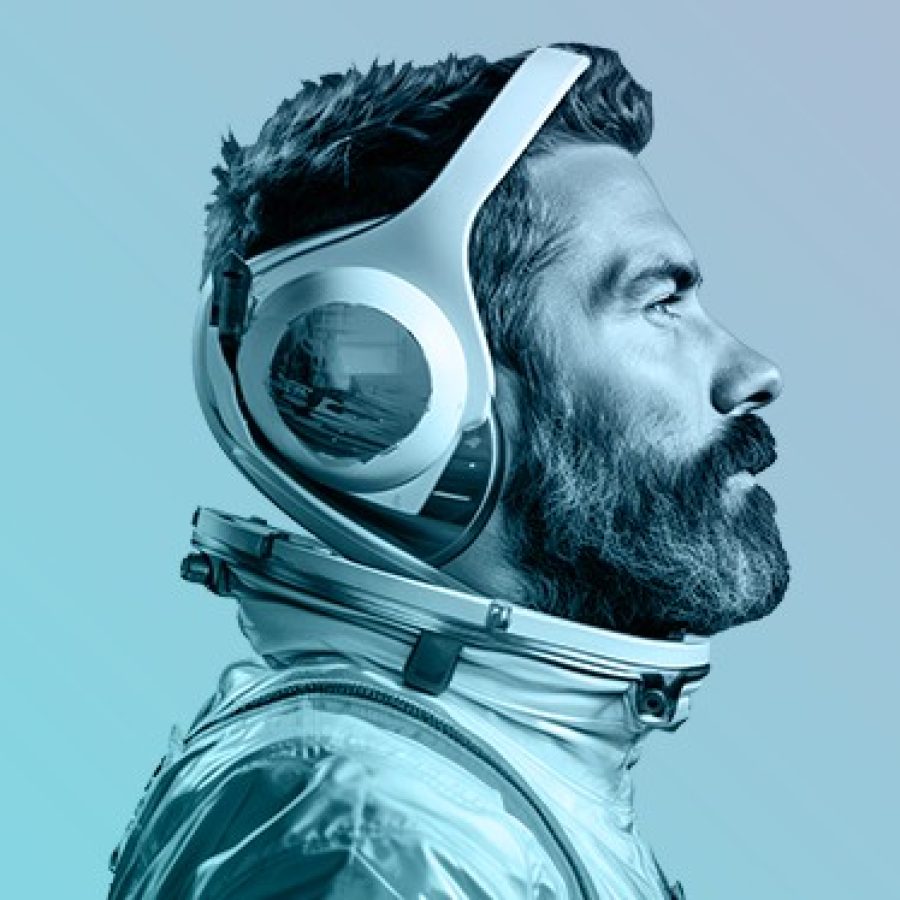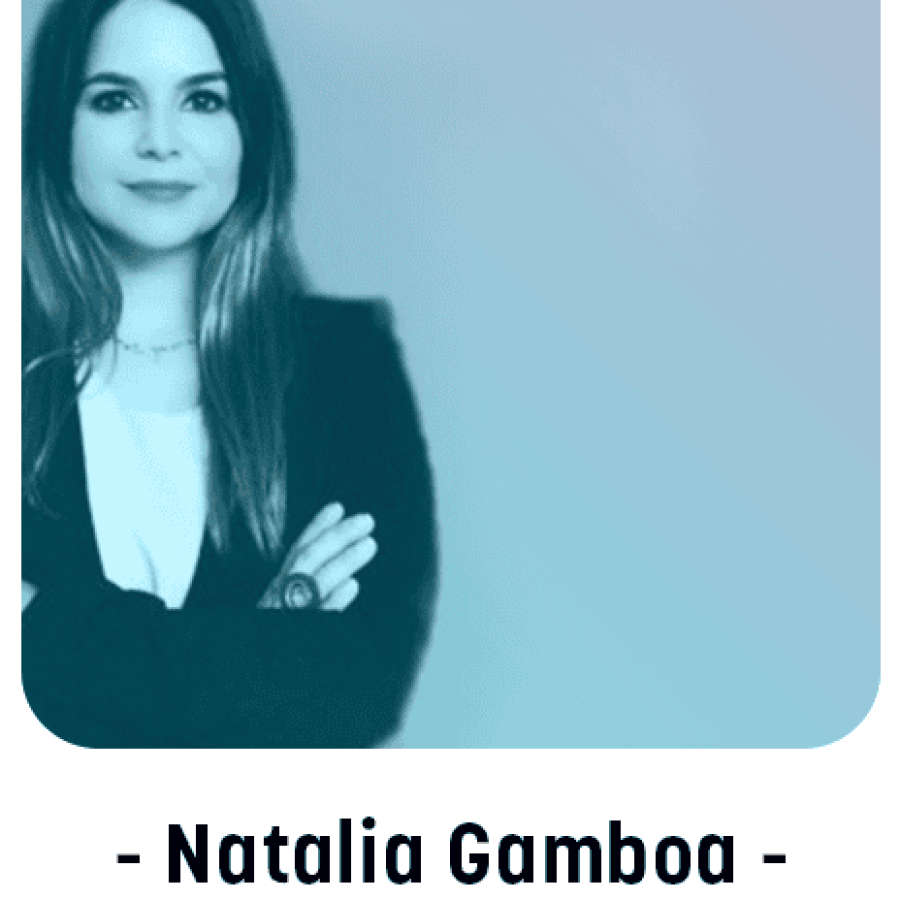"It has never been more important to review business models, understand what the client truly values and know what they can or should do without within the service grid so they can focus on what makes them truly different." These recent statements by the founder of MAS(Management Around Sports), Maria Angeles de Santiago, perfectly summarize our service offerings of Growth and Analytics services for the sector.
At Smartup we started working in the health and wellness sector seven years ago, physiotherapy centers, training supported by health technology, public concessions for the management of sports facilities, supplements and, obviously, traditional gym chains, are some of the examples of our clients in this area..
In this last case, we would like to highlight our experience with one of the 5 largest gym chains in the world, which leads the democratization of access to sport with hundreds of thousands of users of its low-cost fitness centers.
Since its inception, and for the past 7 years, we have supported this client comprehensively in launching the brand, generating preference and increasing the loyalty of its omnichannel users. Following the RevOps we have generated strategic content, positioned it in search engines and generated paid dissemination of the same to finally convert them into leads, customers and prescribers.
If we conclude that this is the path followed by the industry, what is the difference in our approach to our customers in this important economic sector?
For us, the difference lies in two main aspects. On the one hand the creation of a strategy that we call 4C, according to which we are collecting all the information from the online touchpoints from an online customer care command center, created specifically for each moment of the customer's digital evolution, secondly to integrate technology within the centers themselves in this capture of user information, so that, in collusion with the management of the offline operation and thanks to the registration of entry to the gym by fingerprint, we are prepared to develop propensity models (to escape, success, recommendation ....) with the ultimate goal of automating actions in your CRM to improve ARPU and reduce CHURN among different types of customers with the lowest investment necessary.
It is a global conception of the customer's interests. We have to look not only at the indicators we have used so far, usage, RFM, abandonment, typologies by age and relationship with the different types of offer (boutique, low cost or concessions) or whether they are trainees or not.
The battle over the cost of customer acquisition is over. Now we have to be interested in their preferences in leisure and culture, their positioning with respect to diversity or sustainability or, if necessary, their political preferences.
What is the reason for this change? Quite simply, it is the evolution of the concept of personalization.. In the same way that Amazon acquires Roomba to complete its information on consumers' homes, add this to the information from its smart speaker Alexa, or Adidas buys Runtastic, and thus know first-hand the use given to its products and those of competitors, in the field of health and wellness, we cannot let companies be oblivious to spheres of their users' lives that mediate the valuation of their services.
In short, at this point, we believe that the road we have traveled will lead us unequivocally to the development of a complete accompaniment plan, which will allow the company to recommend to its users the different options available to them within the existing services. Thus, each brand will have to be able to define iterations focused on improving the physical and mental health of the client according to each vital moment in which he/she finds him/herself.
In parallel, it should consider the progressive technification, at one point, robotization of gyms, facilitating the correct use of the facilities and optimizing the adaptation to the characteristics of each user, incorporating systems for monitoring vital signs and health, recommending services such as massage room or yoga sessions, in the same way that related products are placed on the shelves of a supermarket or we are told what other books users like us bought in our reference online bookstore.
In conclusion, Health & Wellness companies, like all those sectors in direct contact with the end customer, will demand the support of partners and suppliers to show them the most effective way to identify the best routes to accompany customers throughout their life of use of their services.






































































































































































































